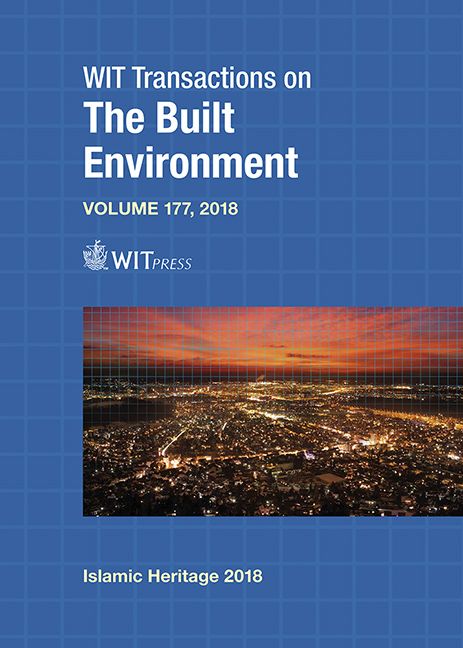THE AMALGAMATION OF INDO-ISLAMIC ARCHITECTURE OF THE DECCAN
Price
Free (open access)
Transaction
Volume
177
Pages
12
Page Range
255 - 266
Published
2018
Size
962 kb
Paper DOI
10.2495/IHA180221
Copyright
WIT Press
Author(s)
SHARMILA DURAI
Abstract
A fundamental proportion of this work is to introduce the Islamic Civilization, which was dominant from the seventh century in its influence over political, social, economic and cultural traits in the Indian subcontinent. This paper presents a discussion on the Sultanate period, the Monarchs and Mughal emperors who patronized many arts and skills such as textiles, carpet weaving, tent covering, regal costume design, metallic and decorative work, jewellery, ornamentation, painting, calligraphy, illustrated manuscripts and architecture with their excellence. It lays emphasis on the spread of Islamic Architecture across India, embracing an ever-increasing variety of climates for the better flow of air which is essential for comfort in the various climatic zones. The Indian subcontinent has produced some of the finest expressions of Islamic Art known to the intellectual and artistic vigour. The aim here lies in evaluating the numerous subtleties of forms, spaces, massing and architectural character which were developed during Muslim Civilization (with special reference to Hyderabad).
Keywords
climatic zones, architectural character, forms and spaces, cultural traits, calligraphic designs




